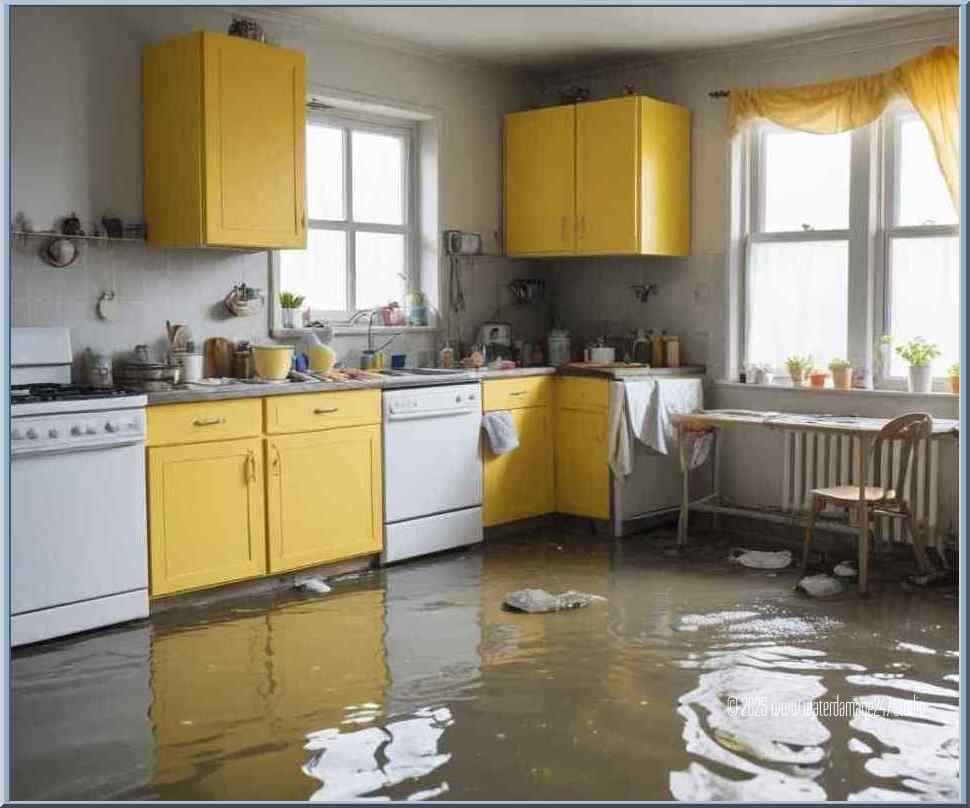
Identify Contaminated Materials:
The first step is identifying which items have been exposed to floodwaters and assessing their contamination level. Porous materials such as carpets, upholstered furniture, bedding, drywall, insulation, and wooden furniture are more susceptible to water damage compared to non-porous surfaces like metal or glass. These porous materials can easily absorb bacteria-laden water and become breeding grounds for mold growth.
Wear Proper Protective Gear:
Before starting any removal process, it's imperative to prioritize personal safety by wearing appropriate protective gear. This includes gloves, goggles or face shield, masks capable of filtering out fine particles (e.g., N95 respirator), and sturdy boots or waterproof footwear. By doing so, you'll minimize direct contact with hazardous substances present in the contaminated materials.
Dispose of Materials According to Local Regulations:
Contact local authorities or waste management agencies regarding specific instructions for disposing damaged items following a flood-related incident. Many areas have regulations in place concerning proper disposal methods for hazardous waste generated from floods due to potential harm they may cause when improperly discarded into landfills.
Separate Contaminated Items:
To avoid cross-contamination within your property during the removal process; separate contaminated items from those unaffected by floodwater exposure. Utilize heavy-duty plastic bags or containers labeled "contaminated" when storing these items temporarily until they can be safely disposed of.
Consider Professional Assistance:
Depending on the extent of damage and contamination, it may be wise to seek professional assistance from water damage restoration companies such as ours. Expert technicians have the necessary experience, knowledge, and equipment to efficiently assess, mitigate, remove, and restore your property after severe flooding incidents.
Proper removal of contaminated materials is a vital step in restoring your property's safety and minimizing health risks associated with post-flood cleanup. By following the advice provided by water damage restoration experts while handling contaminated items, you can ensure a thorough clean-up process that protects yourself and others from potential hazards. Remember always to prioritize personal safety during this challenging time.